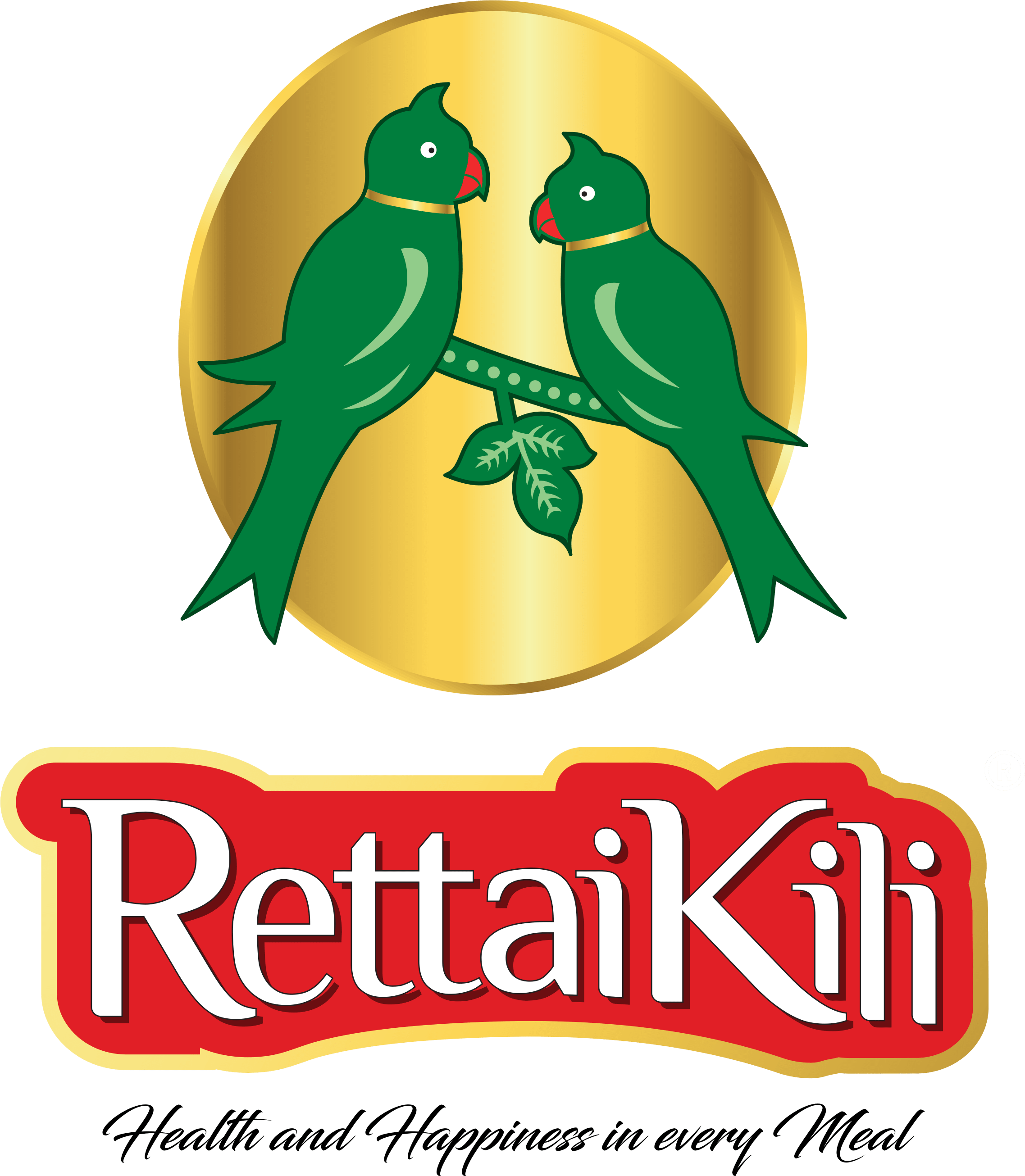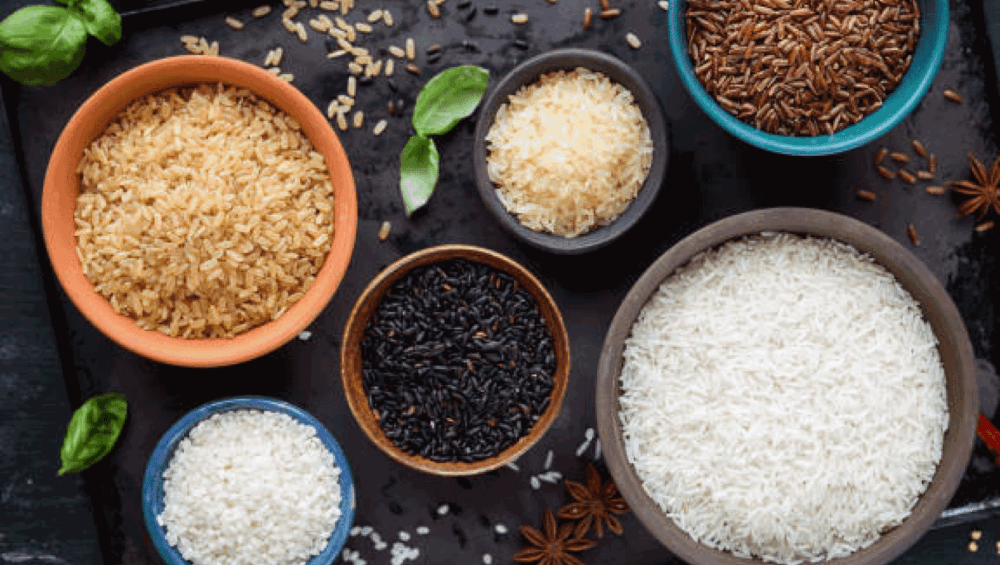In the journey from paddy fields to our plates, the final steps of rice milling are followed by a crucial phase: storage and packaging. Proper storage and packaging play a pivotal role in maintaining the quality and freshness of the rice. Let’s explore how these steps contribute to preventing spoilage and ensuring rice retains its peak flavor and texture.
- Rice Storage: Shielding from the Elements
Proper storage begins with protecting rice from environmental factors that can compromise its quality. Key considerations include:
Temperature and Humidity: Rice should be stored in a cool, dry place with controlled humidity levels. Excessive moisture can lead to spoilage, while high temperatures may encourage the growth of rice weevils or mold.
Airtight Containers: Using airtight containers or bags is essential to prevent moisture, pests, and contaminants from infiltrating the rice. Hermetic seals create a barrier that shields the rice from external threats.
- Moisture-Proof Packaging: Safeguarding Against Dampness
Rice’s arch-nemesis is moisture. Moisture can lead to clumping, off-flavors, and even mold growth. To combat dampness:
Vacuum-Sealed Bags: Many rice manufacturers use vacuum-sealed bags, which remove air and create a moisture-proof barrier. This technology helps extend the rice’s shelf life and maintains its quality.
Inner Liners: Some packaging includes inner liners made of materials like aluminum foil, which provides an additional layer of protection against moisture infiltration.
- Protection from Contaminants: Keeping It Clean
Contaminants, such as dust or insects, can affect the rice’s purity and taste. Proper packaging aims to:
Prevent Contaminants: Sealed packaging, coupled with quality control measures during processing and packaging, minimizes the risk of contaminants reaching the rice.
Quality Assurance: Reputable rice brands employ stringent quality assurance protocols to ensure the rice remains free from contaminants at every stage of production.
- Shelf Life Extension: Prolonging Freshness
Effective packaging extends the rice’s shelf life, ensuring that it remains fresh and flavorful over an extended period. This contributes to reducing food waste and enables consumers to enjoy rice at its best.
Conclusion: The Final Layer of Quality
As you savor a plate of perfectly cooked rice, remember that the meticulous steps taken in rice milling, cleaning, and packaging all contribute to the rice’s quality. Proper storage and packaging are the final layers of protection that shield rice from spoilage and maintain its freshness. From vacuum-sealed bags to moisture-proof barriers, these measures ensure that the rice on your plate is a testament to quality and flavor.
So, the next time you reach for a bag of rice, appreciate the care that goes into preserving its excellence. It’s the final touch that elevates a simple grain into a culinary delight.
Stay tuned for more insights into the world of rice, where every step in the journey contributes to the perfection of this beloved staple.




